I remember taking a group of young professionals to Hamburg in 2007. They kept saying it wasn’t what they expected Germany to look like. It was so new. Concrete. Glass. Steel. I asked what they expected “Germany” to look like. They all said they expected something else. Alpine. Rustic. Old. But we were in a relatively new city, built since the fire-bombing of WWII destroyed most of the city.
From Hamburg we went to Munich and other towns in Bavaria. THAT was Germany, they told me. Munich was OLD, they said. In a sense, yes. And no. Munich is arguably 250 years younger than Hamburg. But it looks old. It looks like a medieval old city with new suburbs surrounding it. But look again. Munich was also firebombed during WWII and destroyed. The difference is that where Hamburg burned in fires throughout its history and rebuilt each time newer, Munich city leaders made a deliberate decision to save their architectural plans and rebuild much of the city as it was before the War. Old women went into the streets and cleaned bricks for the rebuilding. Then the people rebuilt the city to look like it once did.
If you ask non-Bavarian Germans about Munich, many will lift their noses and scoff at the Bavarians. They’re not really German, you’ll here many say. That difference is something Bavarians take pride in. In some ways it is akin to how Texans once saw themselves, as red-white-and-blue Americans but really Texans first. And as much as the Hamburgers look down on the Bavarians, they flock to their Hofbrauhaus and sing Bavarian drinking songs for parties.
Today Munich is known for Oktoberfest, its hometown Bayern Munich soccer team, and its rank among the most liveable cities in the world.
If you’re going for Oktoberfest, you’ll probably be doing your own h0mework. For those on the fence, please allow me to push you over the “go” side of the fence. Its the biggest food and beer party in the world, but don’t let that dissuade you. Its also the place where I’ve seen the most happy people in one place at one time.
Germans get a bad rap sometimes for being serious or dour or cold towards strangers. Yet Munich, not Rome or Los Angeles, or Tokyo, is the place where strangers routinely eat together at communal tables, and not just at Oktoberfest. True, everyone at Oktoberfest is there to join in the communal cheer. But every day in Munich people gather at one of the dozens of beer gardens, beer halls and the open air Viktuelmarkt – the large open air food market with large picnic tables under large chestnut trees surrounded by food stalls and beer taps. My family enjoyed the communal atmosphere that they ate there three nights out of four in Munich. Each night with different company. Each night with good company.
Munich is called by some the northernmost Italian city because of it’s Italianesque architecture and 365 Catholic Churches (not to mention the numerous Protestant churches and synagogues). Its Residenz Palace is the former home of the Wittlesbach family which ruled Bavaria and produced German and Swedish kings as well as a Holy Roman Emperor. It is a wonderful museum to walk through filled with tapestries, paintings, armor, and Holy relics.
Walking tours are easy to either find or create for yourself. Any number of web sites can offer you specific stops or connect you with guided tours for a fee. I recommend going out on your own and risk getting lost. But with Google Maps you’ll be fine. I’d recommend you make sure to see the Rathaus (City Hall) at Marienplatz with its famous Glockenspiel clock tower with life-size figurines spinning three times a day The City Museum of Munich is a little gem that brings out Munich’s history. The Bavarian State Hunter and Fisherman Museum is one of the most intriguing museums I’ve ever visited. It is filled with dioramas of Bavarian animals, displays of ancient hunting weapons and classic centuries old sleighs. It brings out a piece of local culture you could easily miss, but will be glad you saw. On your walking tour, several churches are important to see. From the tiny Asamkirche with its detailed decorations to St Peter’s, from whose bell tower you can get marvelous views of the city all the way to the Olympic Park (site of the 1976 Olympics and a great place to go for a walk or bike ride). Tucked near the Residenz is the Drückebergergasse, which translates to “Avoider’s alley” that locals used to get around having to walk past Nazi guards during WWII and salute on the other side of the building. Today the path is marked with bronze cobblestones. The Englischer Garten is Munich’s version of Central Park. Don’t be too surprised to see some (semi)nude sunbathers in the summer. There is even a beach on the Isar river in town where some will picnic in summer and surf in the spring.
From Munich it is a very easy train ride to Regensberg, where the Holy Roman Emperor was elected and home to a wonderful university, as well as to Neuschwanstein Castle (yup, the real Cinderella Fairy Tale castle that Disney got the idea from), to alpine hiking and beautiful monasteries (many with their own local breweries). Munich is very easy to fly into from numerous cities in the US and has an excellent airport with easy transportation to and from town. Unless you’re driving for extended tours outside the city, I’d recommend public transportation and walking.
Enjoy your trip.

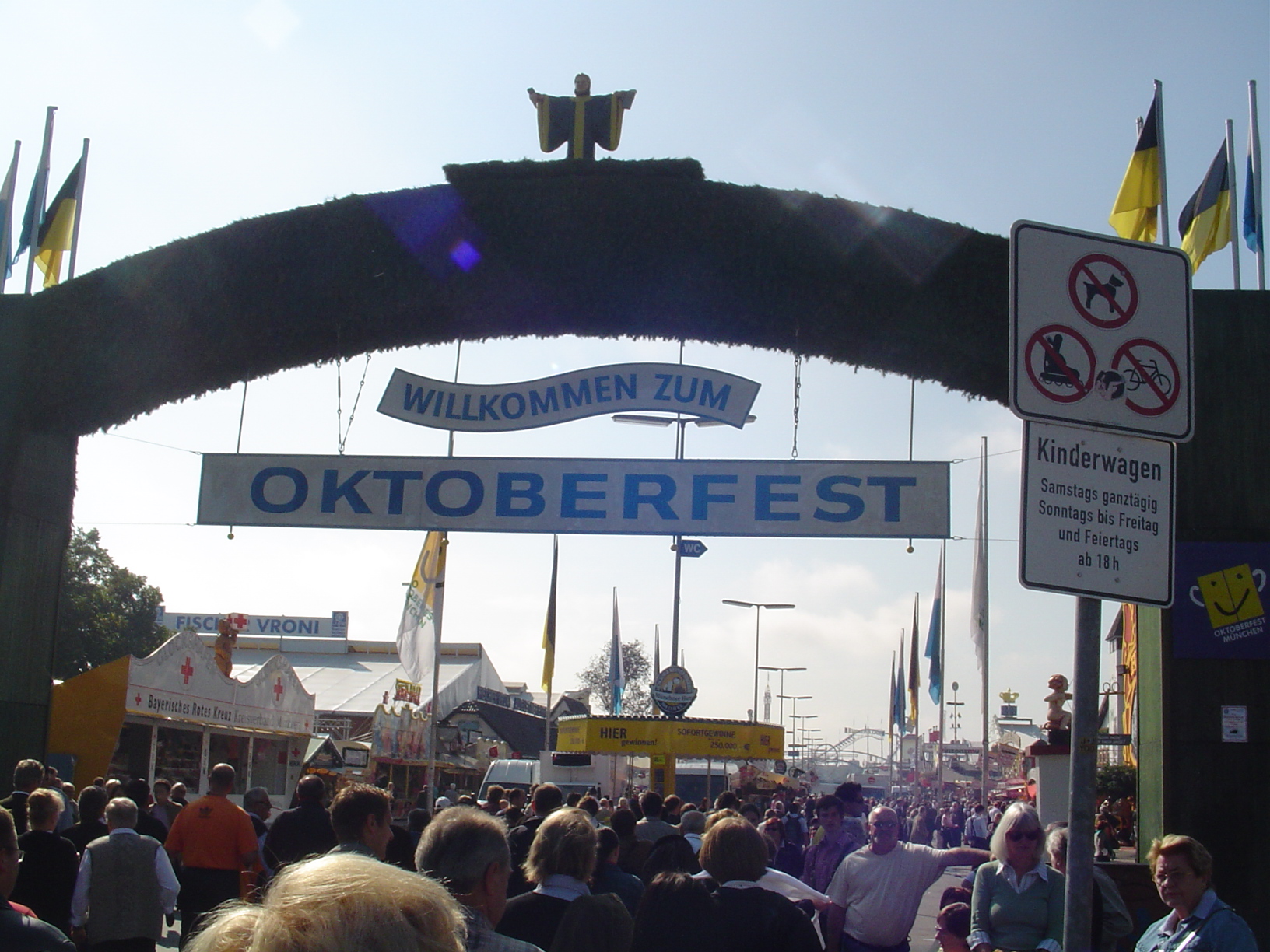
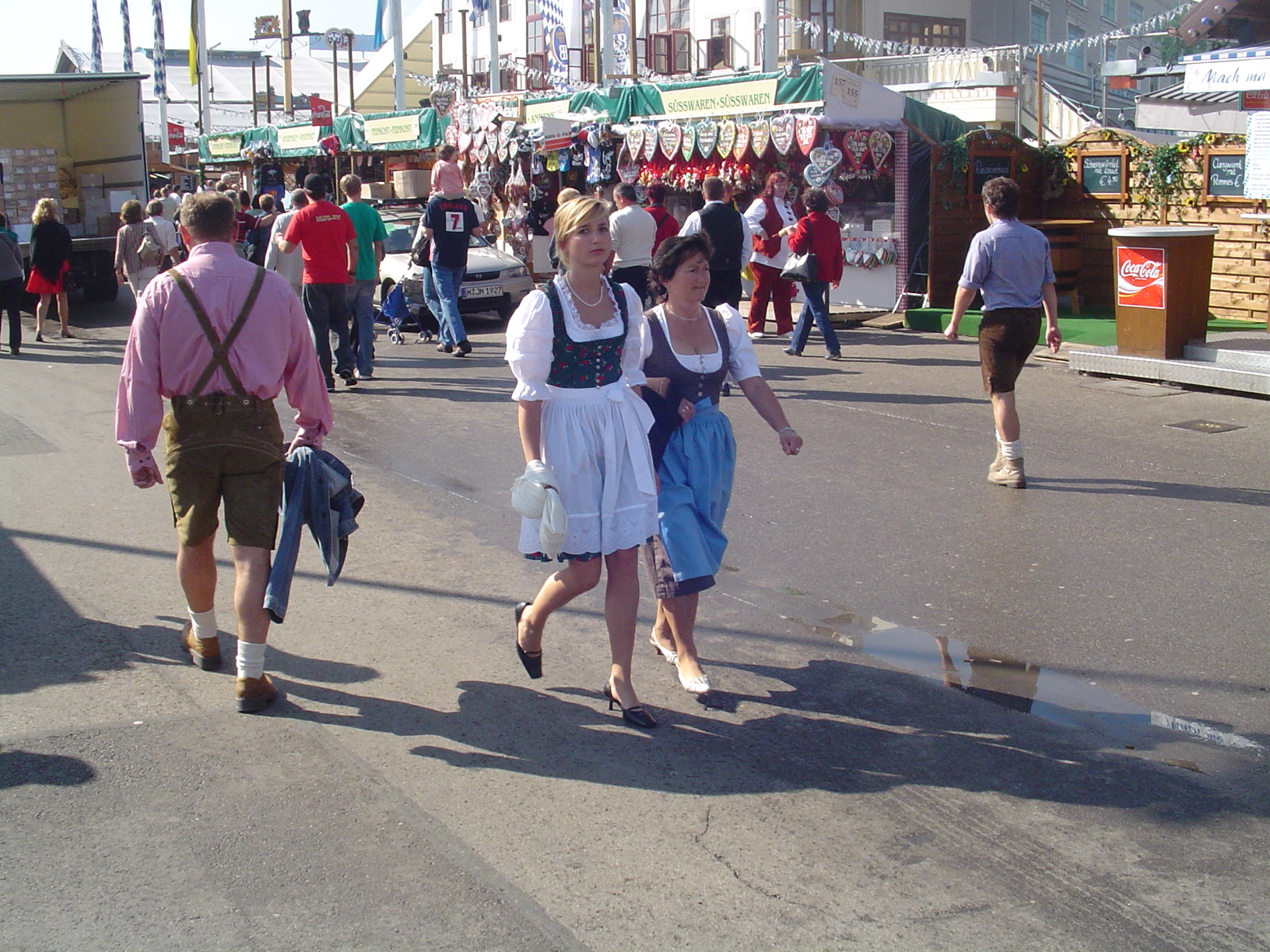
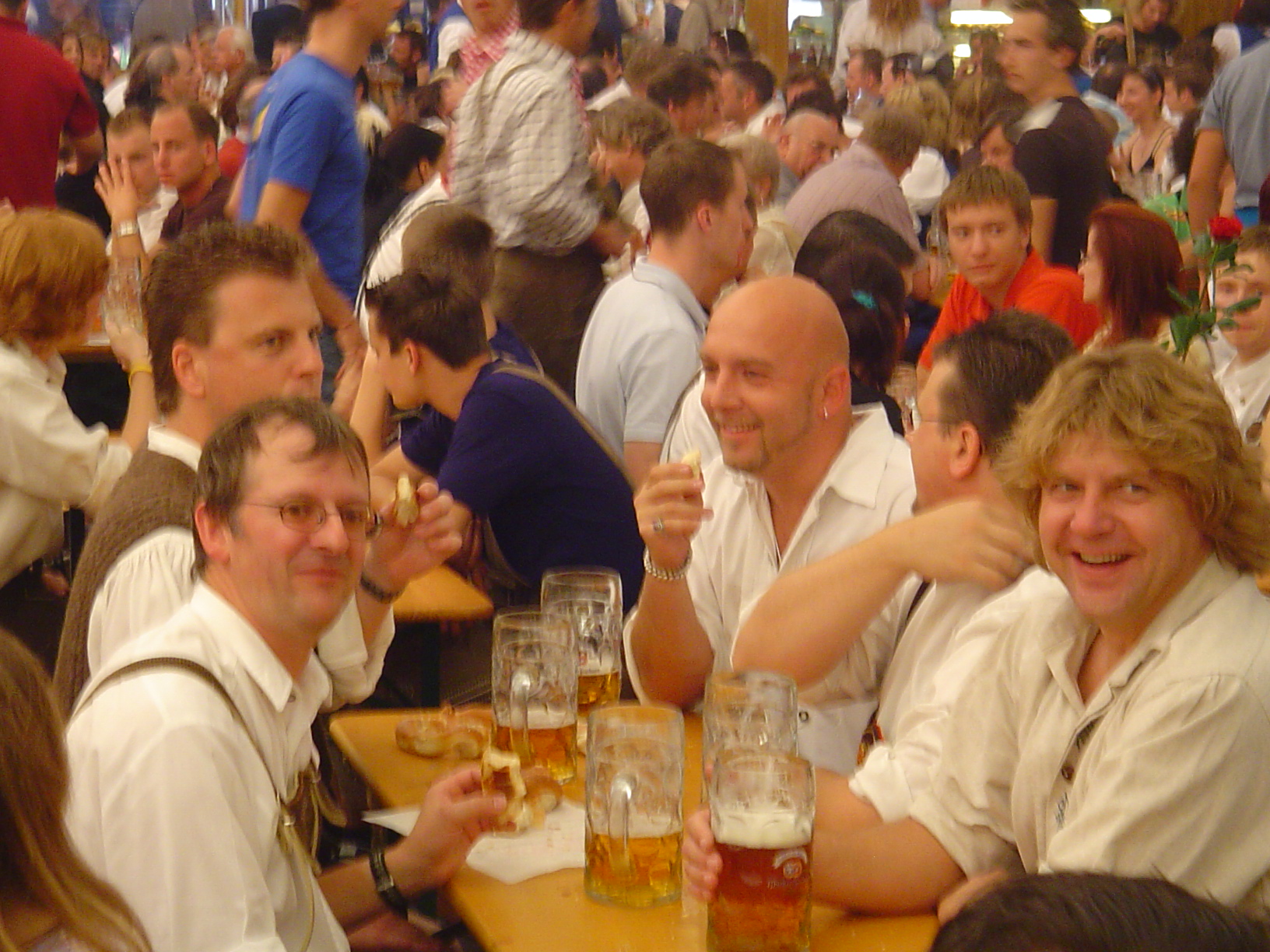
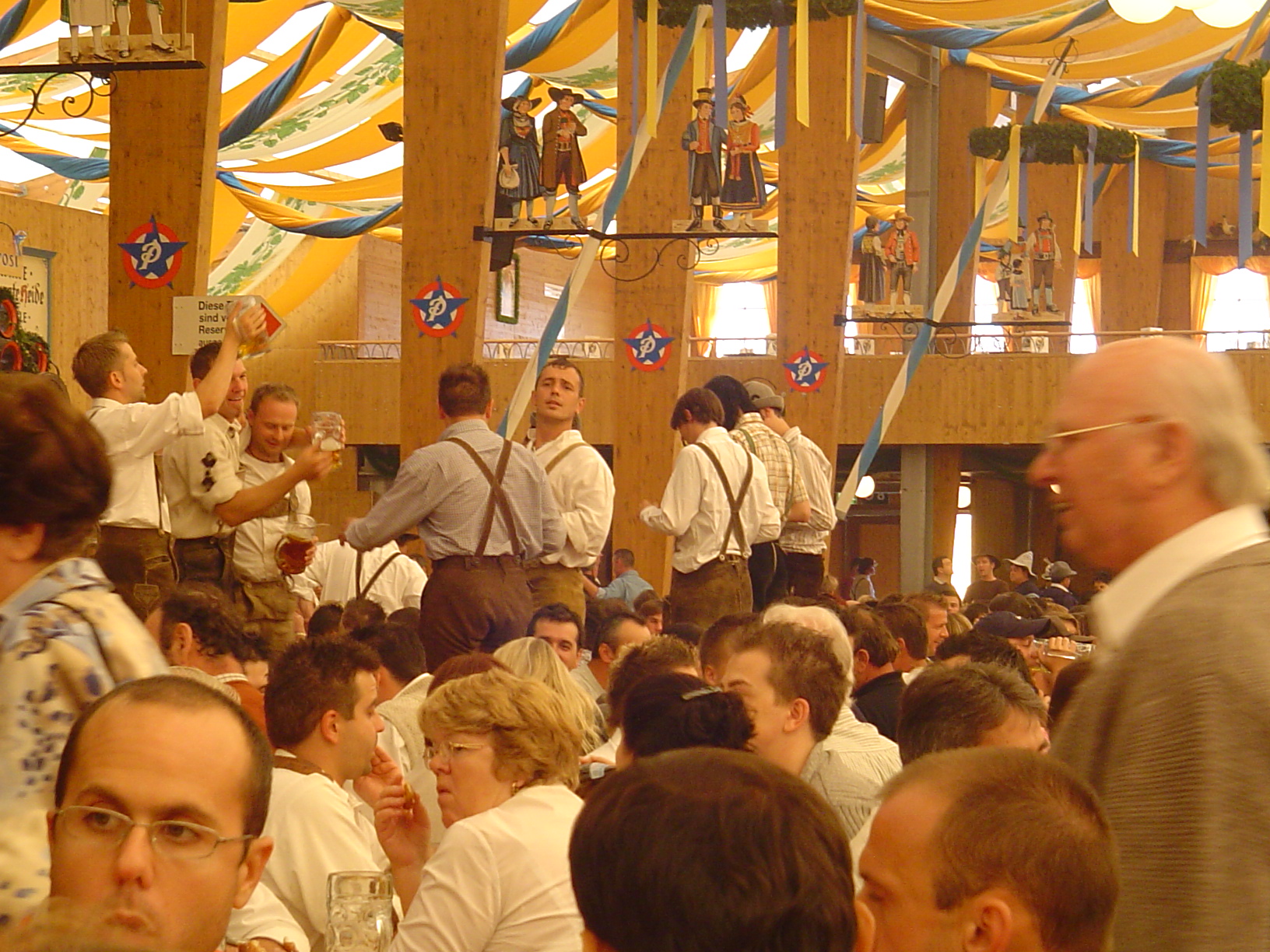
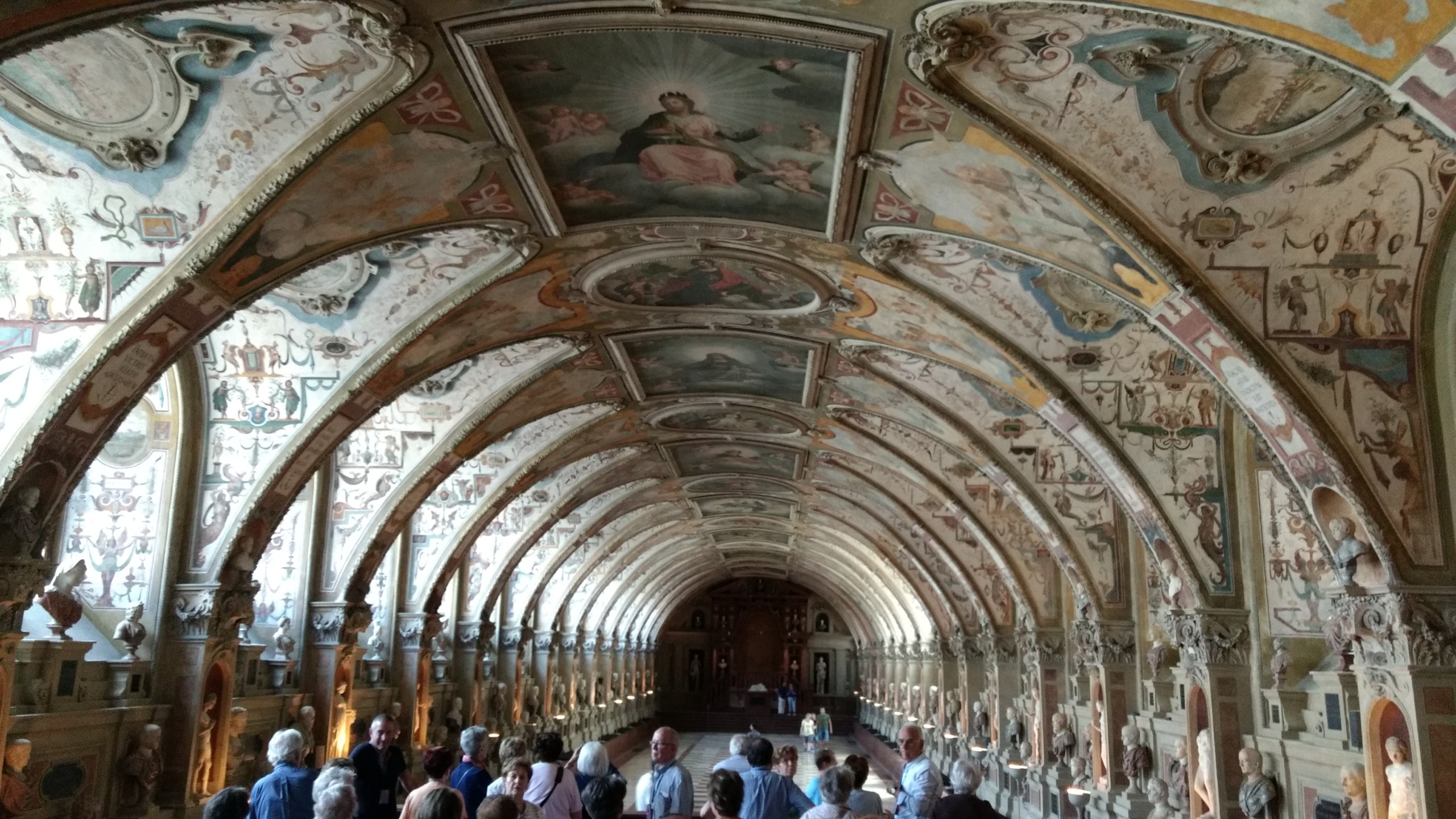
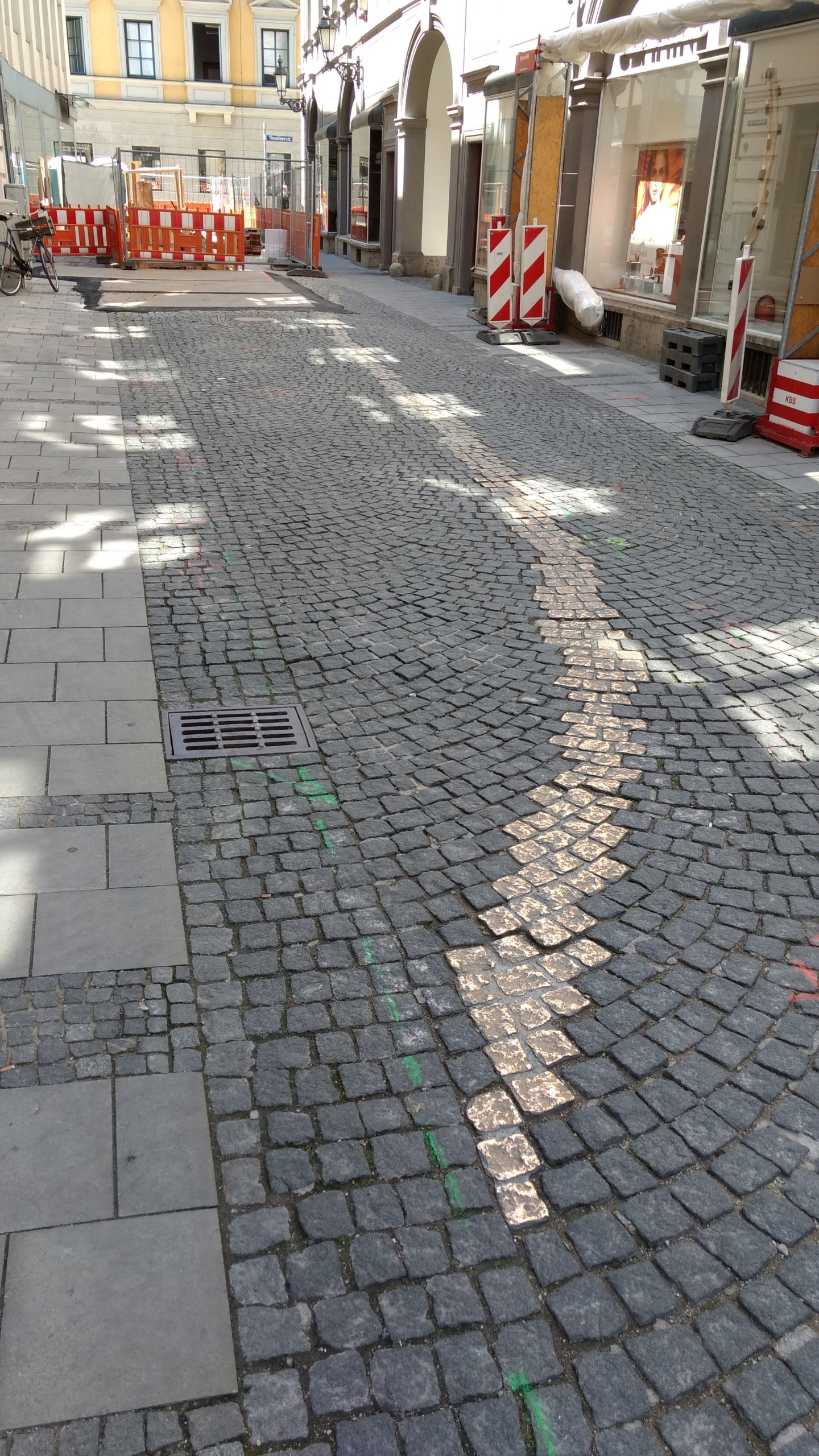
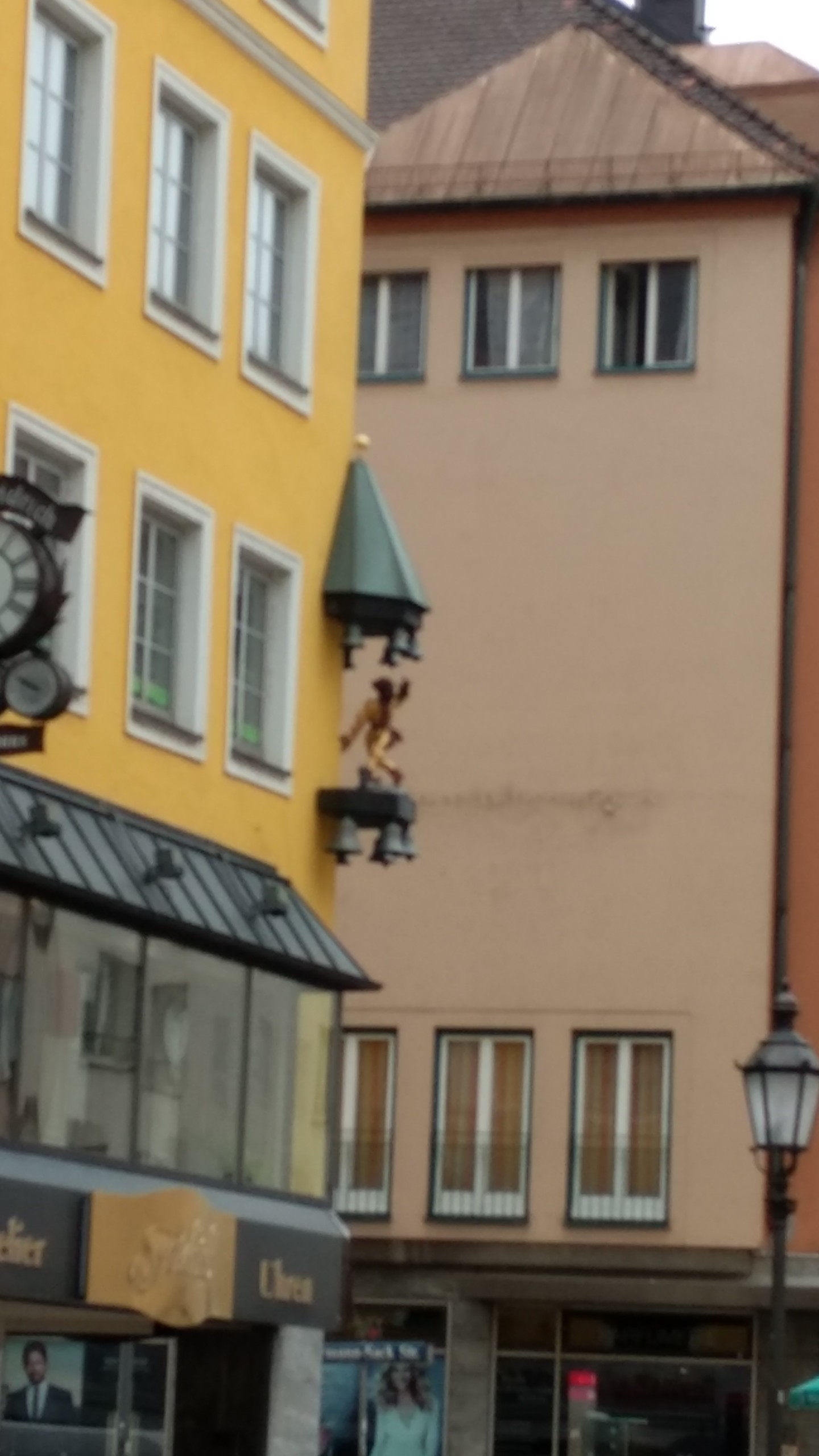
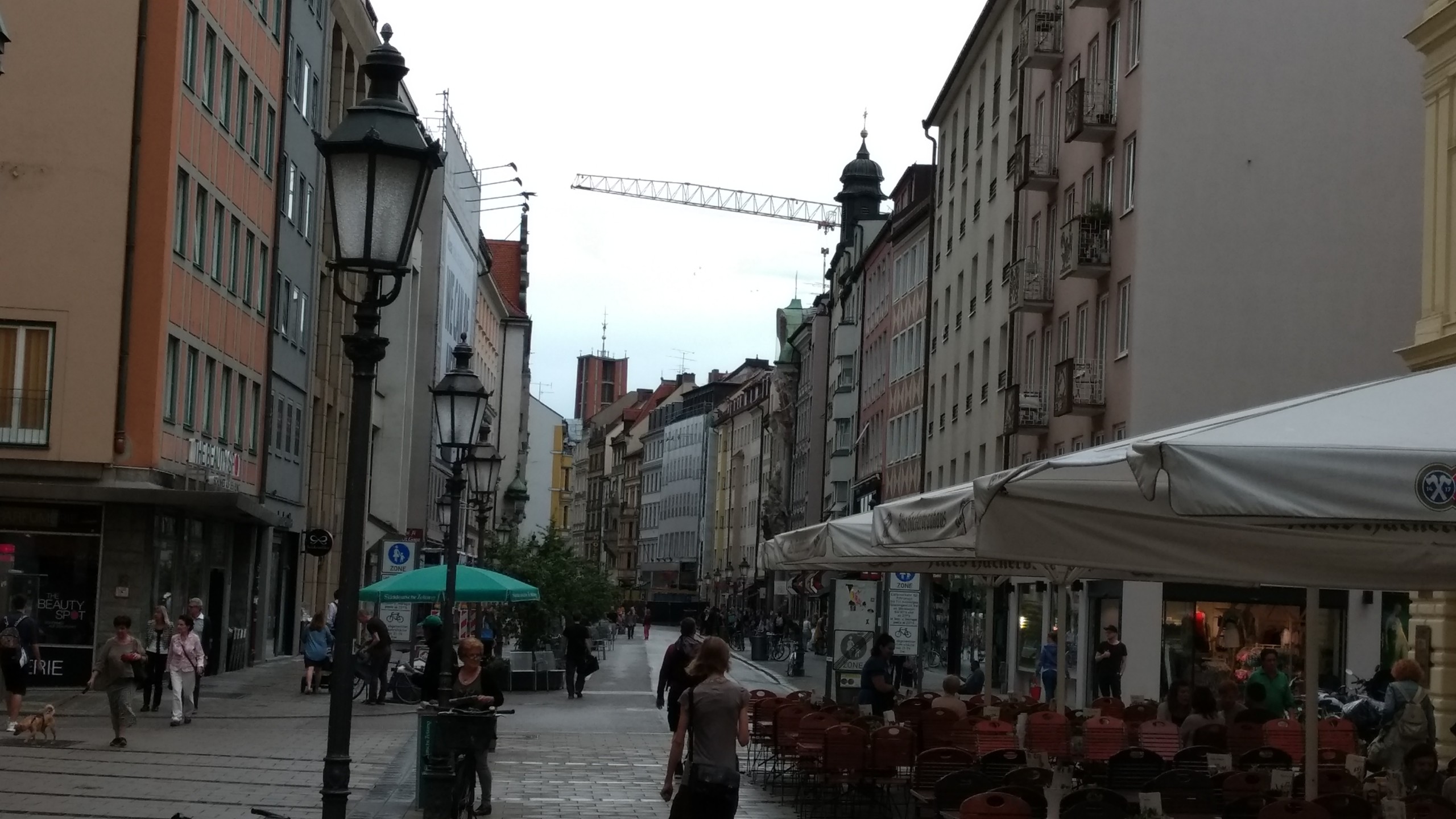
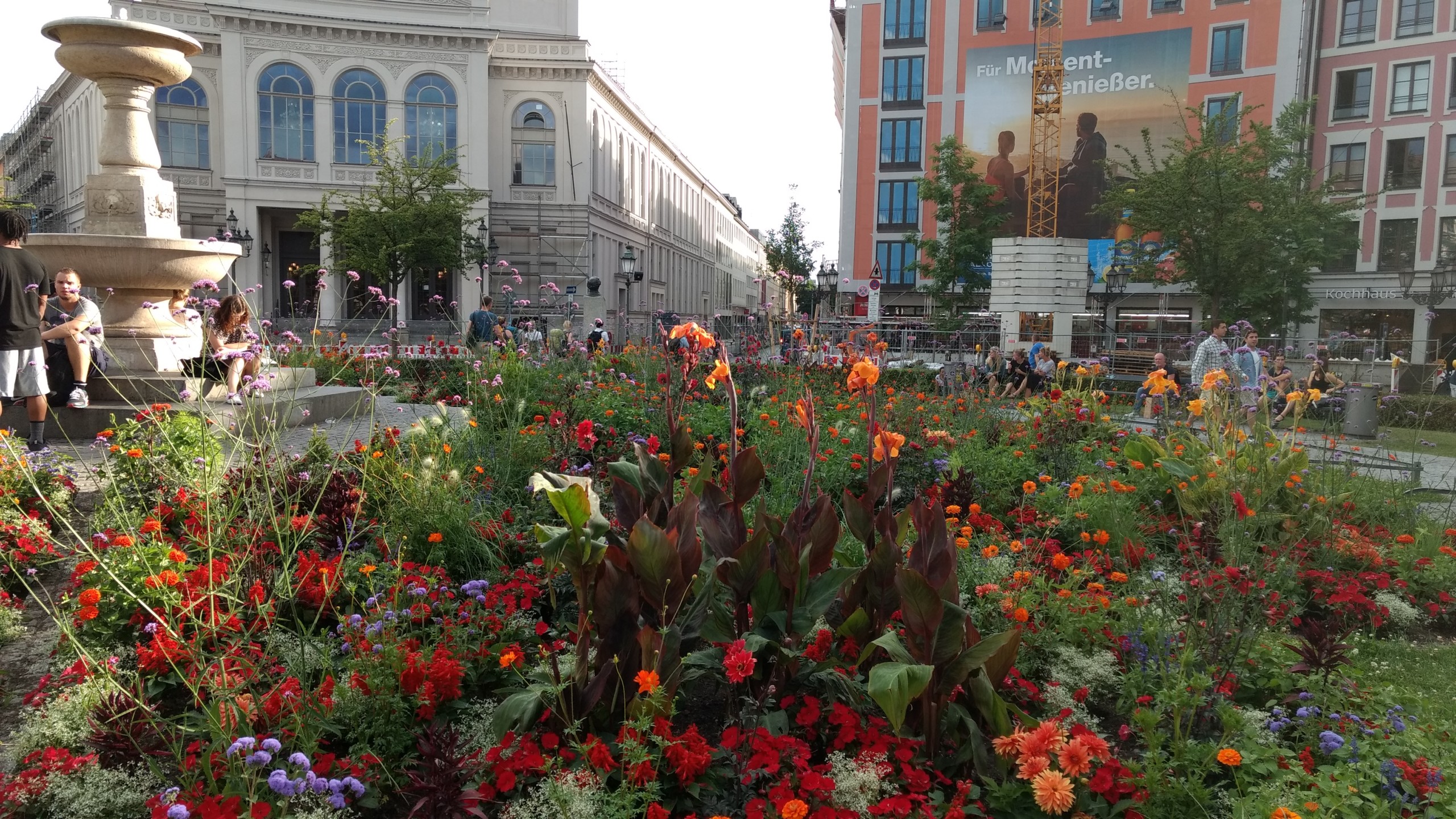
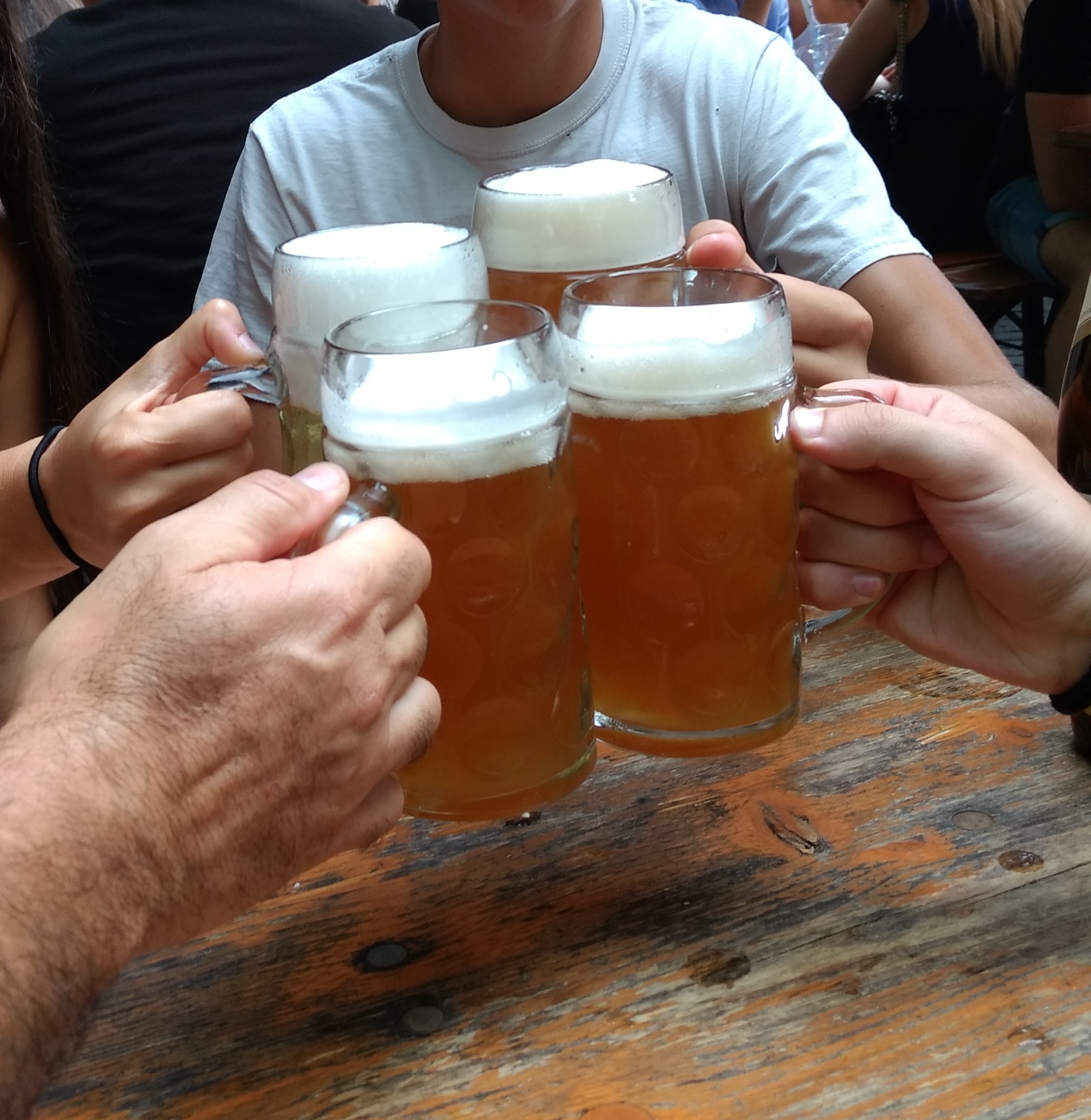
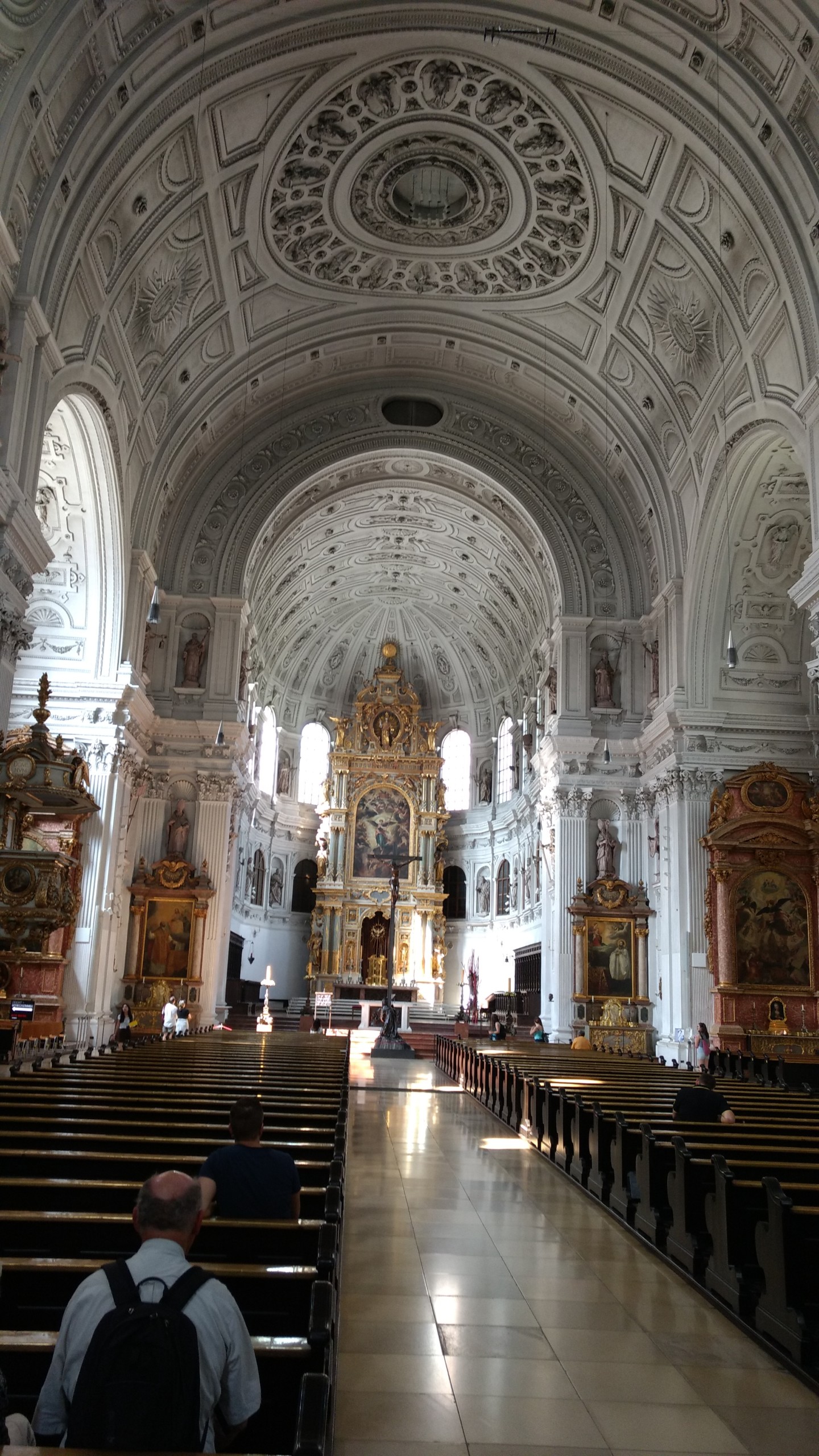
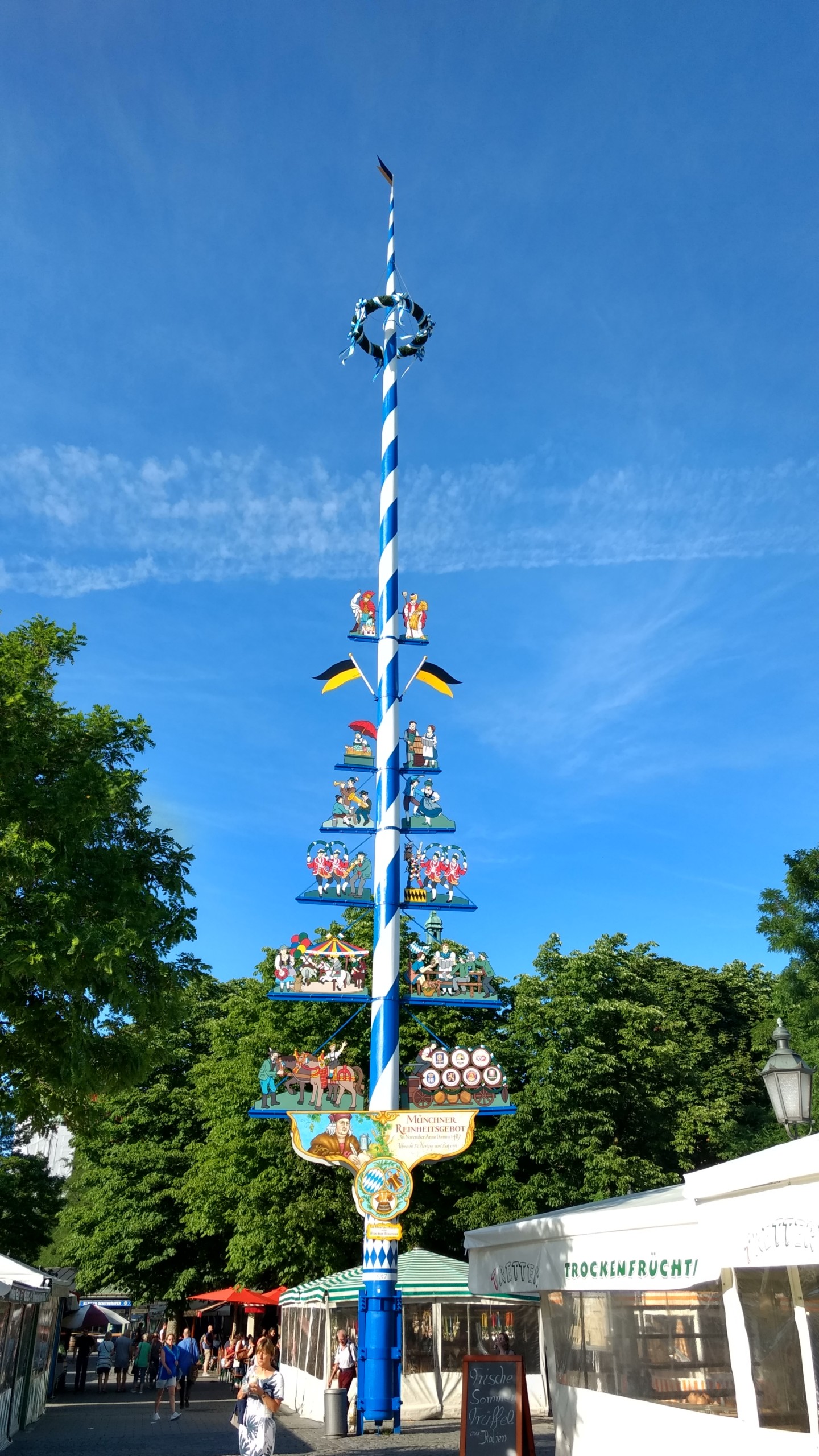
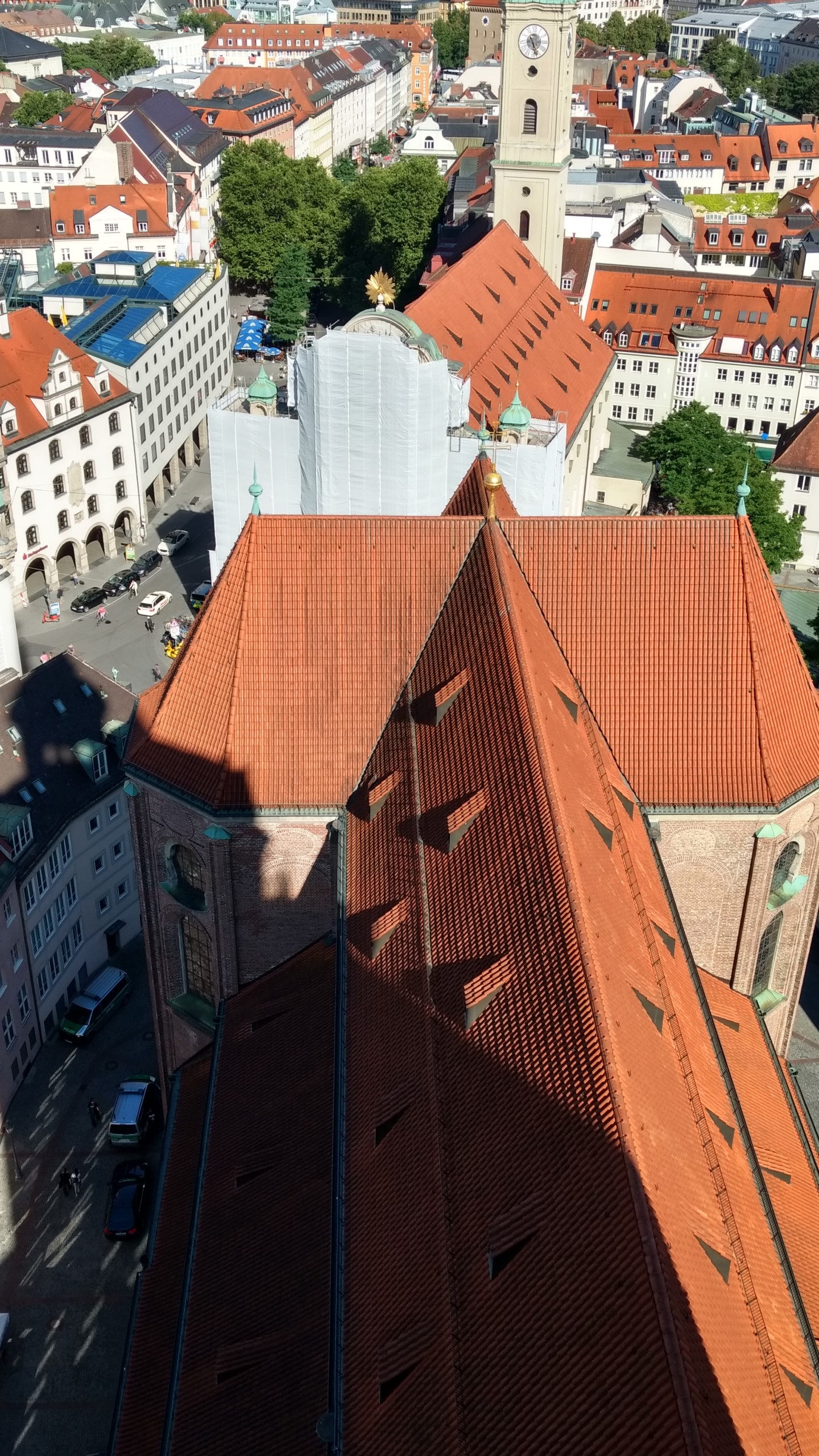
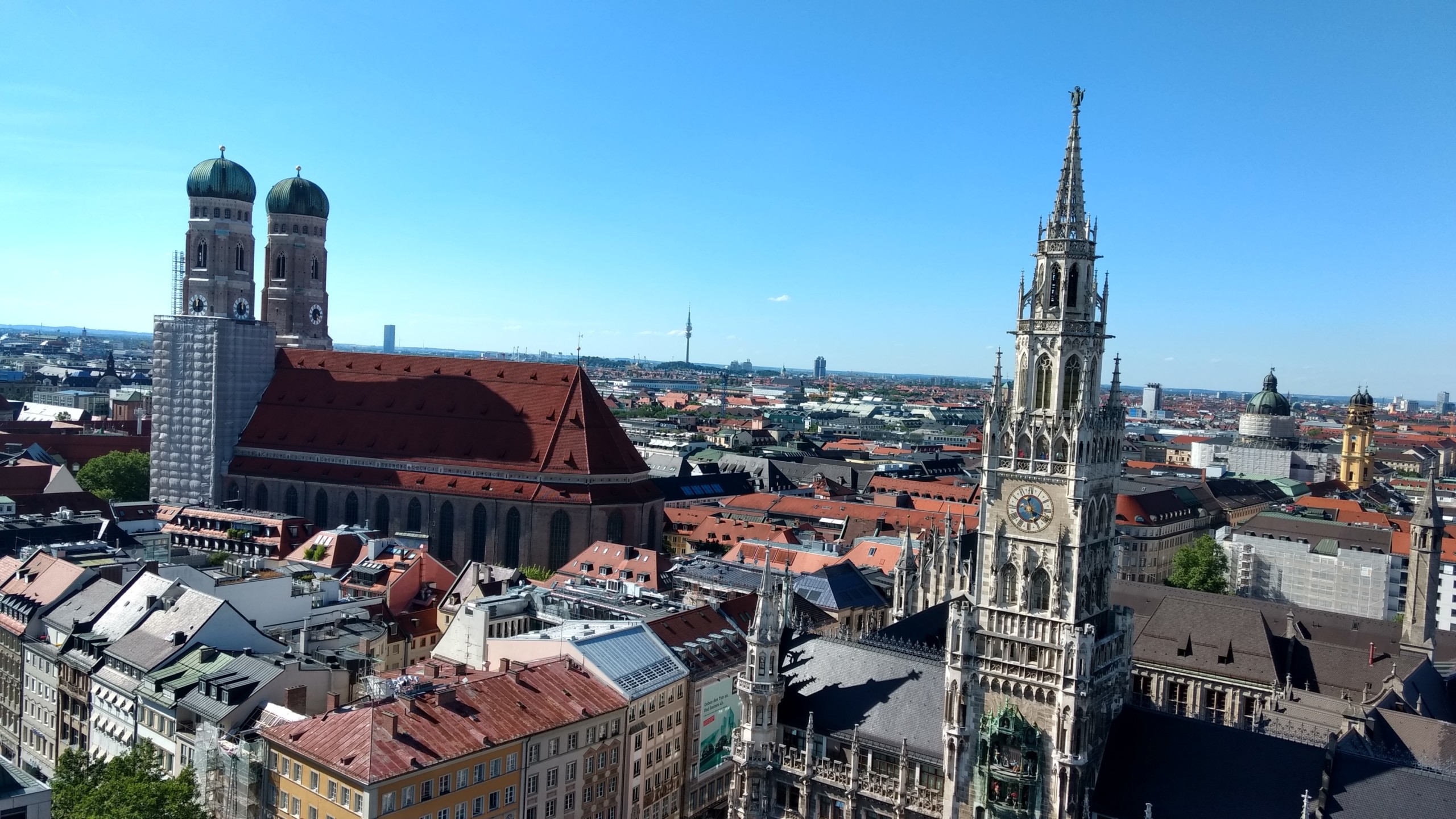
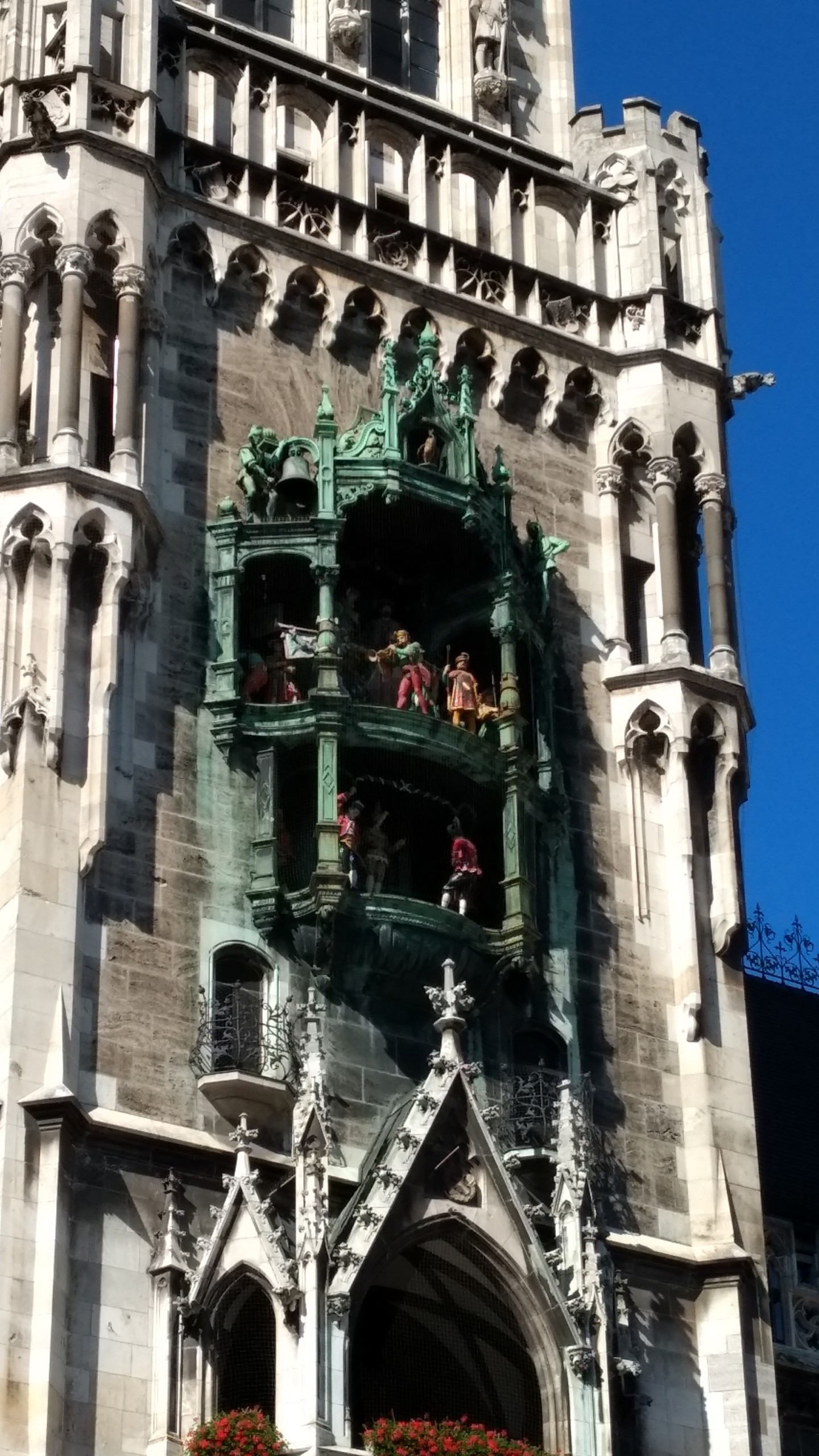
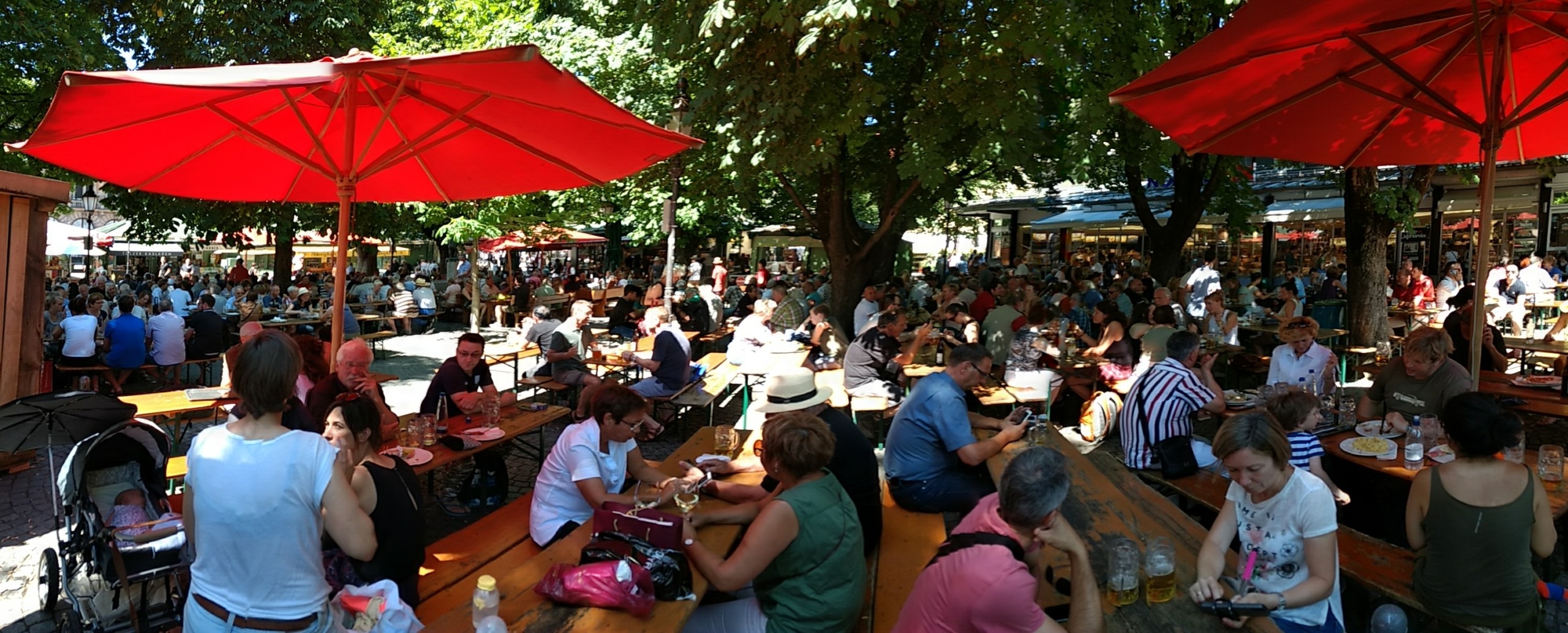
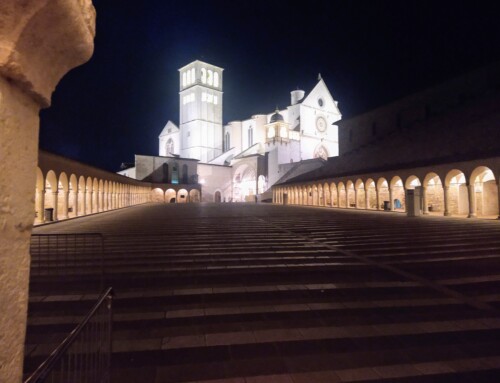
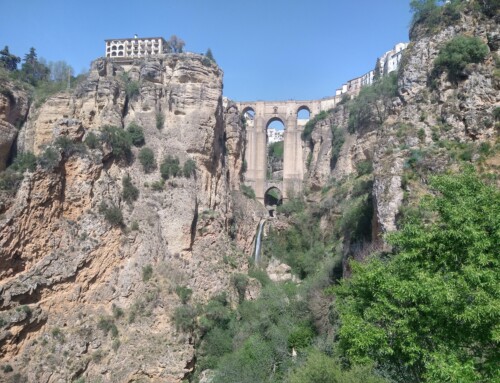
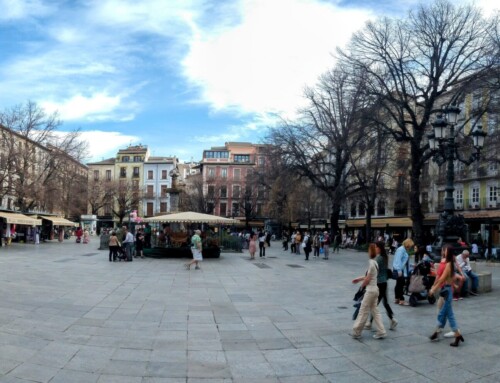

Leave A Comment